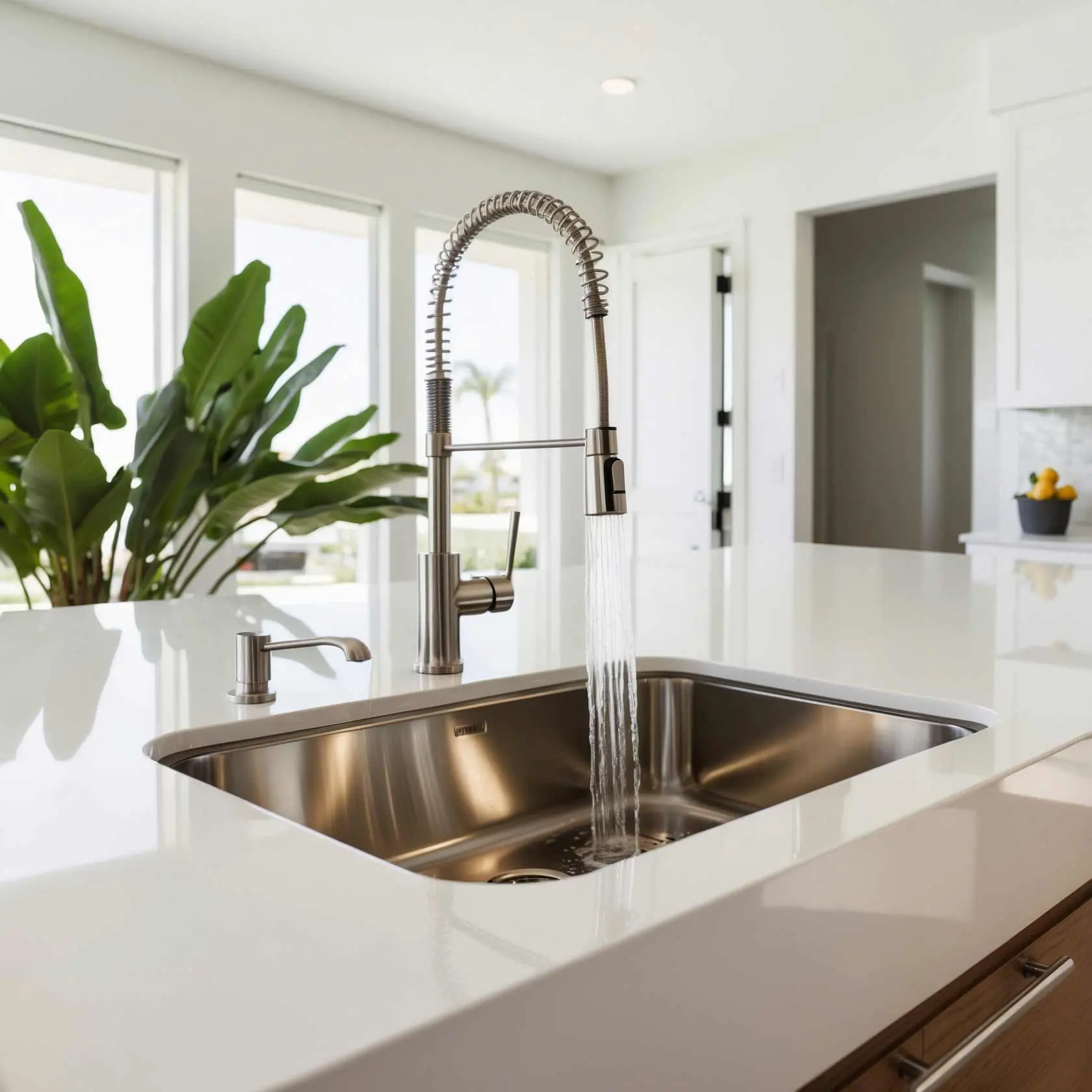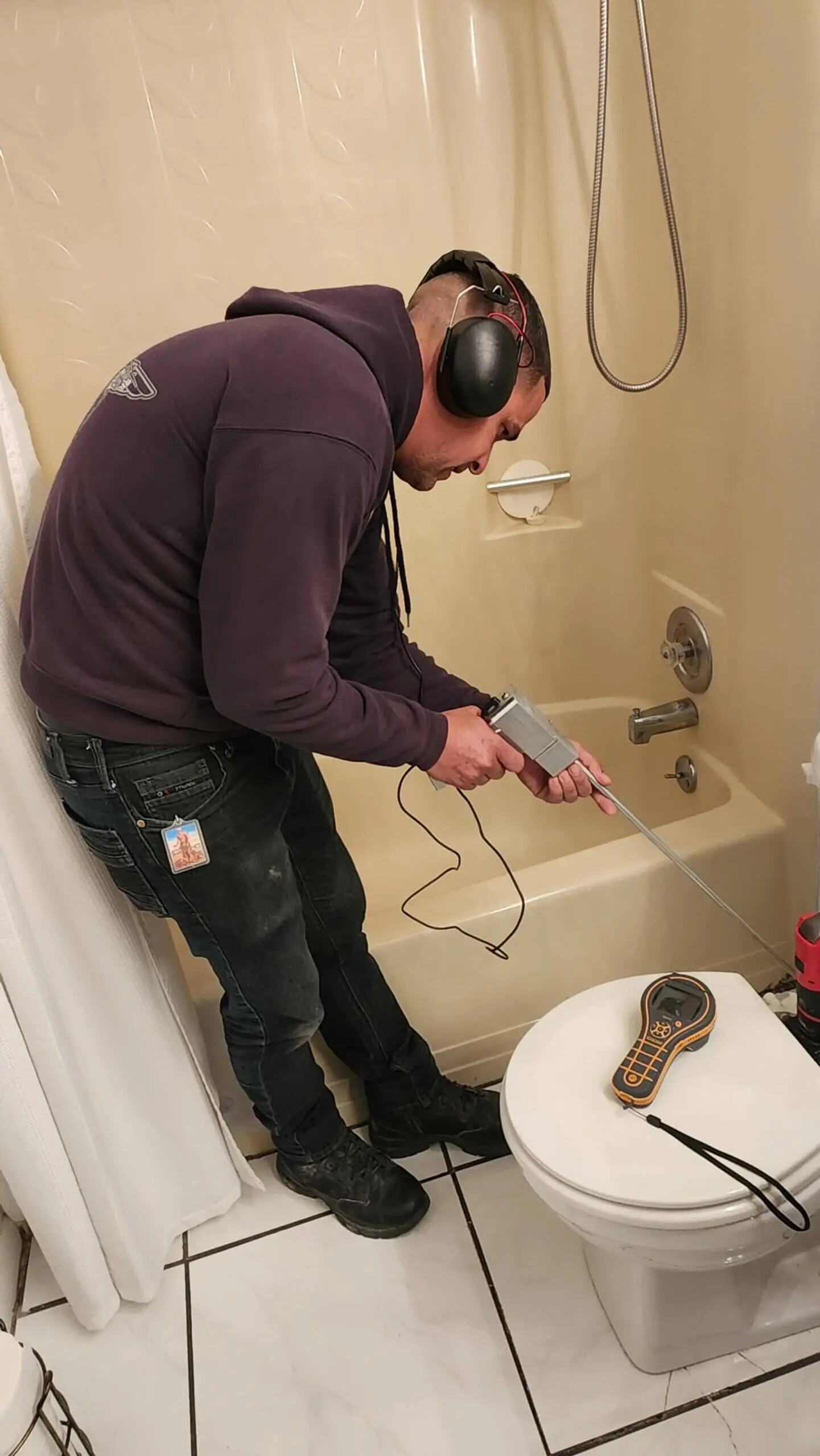DIY Mold Removal: Can I Remove Mold Myself?
Mold can be a pesky and unwelcome visitor in our homes, lurking in damp corners and behind walls. For many homeowners, the sight of mold can be alarming, raising concerns about health risks and property damage. Fortunately, if you're up for a bit of elbow grease, DIY mold removal is possible! But how do you go about it safely? This article will guide you through everything you need to know about tackling mold on your own.
Understanding Mold: What Is It?
Mold is a type of fungus that is found both indoors and outdoors. It thrives in damp environments and reproduces by releasing spores into the air. These spores can lead to various health issues when inhaled or when they come into contact with skin.
Why Does Mold Grow?
Mold requires three things to grow: moisture, warmth, and organic material. Common sources of moisture include:
- Leaky roofs
- Flooded basements
- High humidity areas (like bathrooms)
Understanding these factors helps in preventing mold growth in the first place.
Health Risks Associated with Mold Exposure
Exposure to mold can lead to several health issues ranging from allergic reactions to respiratory problems. Symptoms may include:
- Sneezing
- Coughing
- Skin irritations
While most people may experience mild symptoms, individuals with weakened immune systems or pre-existing conditions are more vulnerable.
DIY Mold Removal: Is It Possible to Safely Clean Up Mold on Your Own?
The short answer is yes! You can remove small areas of mold yourself, provided you take the necessary precautions. However, it's essential to assess whether the job is manageable or if you need professional help.
When Should You Call a Professional?
If you're dealing with large areas (greater than 10 square feet), persistent mold issues, or signs of water damage, it's best to call in the experts. Professionals have specialized training and equipment that may be necessary for safe removal.
Essential Tools and Supplies for DIY Mold Removal
Before diving into your DIY project, gather all the necessary tools and supplies:

Protective Gear
Cleaning Supplies
Containment Materials
Step-by-Step Guide for DIY Mold Removal
Now that you've got your gear ready let’s roll up those sleeves! Here’s a comprehensive step-by-step guide:
Step 1: Identify the Source of Moisture
Before starting any cleanup efforts, identify why mold appeared in the first place—fix leaks or improve ventilation to prevent future growth.
Step 2: Prepare the Area for Cleanup
Seal off any nearby furniture and belongings with plastic sheeting to prevent contamination during cleaning.
Step 3: Clean Visible Mold Areas
Using soap and water or vinegar/hydrogen peroxide solution:
Step 4: Dry Thoroughly
After cleaning, dry out the area completely using fans or dehumidifiers; this step is crucial in preventing re-growth!
Preventing Future Mold Growth: Tips and Tricks
Once you've successfully tackled that pesky mold problem, here are some tips for keeping it at bay:
- Maintain indoor humidity levels below 50%.
- Use exhaust fans when cooking or showering.
- Regularly inspect areas prone to moisture like bathrooms or basements.
Common Mistakes During DIY Mold Removal
Even seasoned DIYers can make mistakes when tackling mold removal! Here are some common pitfalls:
Ignoring Health Precautions
Always wear protective gear! It's easy to overlook safety measures when you're focused on cleaning but don't underestimate potential health risks.
Using Inappropriate Cleaning Products
Avoid bleach as it may not effectively kill all types of mold—try vinegar instead!
Not Addressing Underlying Issues
Cleaning up visible mold without fixing underlying moisture problems will only lead to re-growth down the line.
FAQs About DIY Mold Removal
Q1: Can I use bleach for mold removal?
A1: While bleach might seem like an easy solution, it doesn't penetrate porous materials effectively and may not kill all types of mold spores.
Q2: How do I know if my mold problem is serious?
A2: If you see extensive growth (over 10 square feet) or smell musty odors consistently, it might be time to consult professionals.
Q3: Is it safe to stay in my home during minor mold removal?
A3: If you're following safety precautions (wearing masks/gloves), it's generally safe for minor jobs but leave larger projects to experts.

Q4: Can I get rid of black mold myself?
A4: Small patches of black mold can typically be removed by homeowners; however larger infestations should be evaluated by professionals due to potential health risks.
Q5: How quickly does mold grow after water exposure?

Q6: Should I throw away items affected by mold?
A6: Non-porous items can often be cleaned; however porous materials like carpets or upholstery may need disposal if too contaminated.
Conclusion
In conclusion, while DIY Mold Removal is indeed possible for small-scale problems, always prioritize safety first! Equip yourself with knowledge about prevention top mold remediation company methods as well as proper cleaning techniques before undertaking such tasks at home. After all, a little diligence goes a long way towards maintaining a healthy living environment free from pesky intruders like mold!
So whether you're facing small patches on walls or musty smells from hidden corners—knowing how best tackle them ensures not just your comfort but also peace of mind in your own space! Happy cleaning!